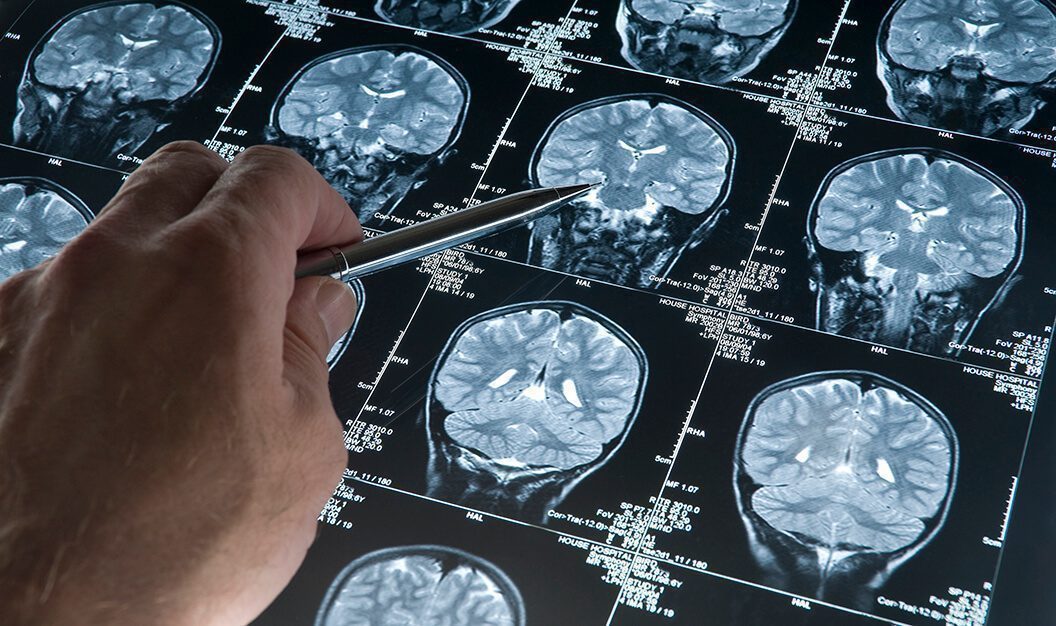Surgicogenomics refers to the use of genetic information we have about a patient as prognostic indicators to assess surgical outcomes. In practice, what this could do is help inform which patients should receive which kind of surgery or where in their brains might be the best place for it.
At the International Parkinson’s Disease Genomics Consortium (IPDGC) this past January, I used the term “surgicogenomics” when discussing treatment options in PD assuming the crowd would already be familiar with it. But I was a little surprised to hear that very few had in fact heard the word before. I thought that was a bit strange, seeing as some of the people in that audience were at the forefront of all things genetics.
After some digging and asking around, I realized that perhaps it was not so strange after all. The term was first used, as far as I could tell, in this manuscript from Marlys H. Witte in 2014. But the first references in the field of neurology actually appeared just this year, from my neurologist Dr. Alfonso Fasano at my hometown clinic at Toronto Western Hospital, which can be found here.
I reached out to Alfonso and asked him to help elucidate the term for myself and for the readers that I reach.
It was recently reported that GBA carriers with parkinsonism who have Deep Brain Stimulation (DBS) implanted into their subthalamic nucleus (STN) might have faster cognitive decline because of the surgery. What follows is a summary of what I’ve learned, with the help of Dr. Alfonso Fasano, about how surgicogenomics may apply to people diagnosed with Parkinson’s disease, particularly those with mutations in the GBA gene.
Q: What is the evidence that GBA carriers might do worse following DBS implementation in the STN?
The idea that patients with pathological GBA variants are too frail to undergo STN DBS and are perhaps better candidates for DBS of the globus pallidus pars interna (GPi) is not new and has been discussed in multiple meetings and review papers. For example, we have observed that while patients with GBA variants do well initially, this is followed by a worse outcome later compared to other DBS patients. However, there is no study comparing the trajectory of these patients with GBA-variant carrying patients not undergoing DBS. A new study recently published in Annals of Neurology attempted to address this scientific question.
Q: Should this finding implement an immediate change in clinical practice for GBA carriers?
This is a complicated answer. First, having a pathological GBA variant does not always mean the same thing, as some mutations appear to be more deleterious than others. Second, STN DBS can worsen cognition for a variety of other less controllable factors, such as lead placement. Some have argued that having the lead penetrate the caudate to get to the STN can indeed worsen cognition.
However, what we need to move towards is ‘precision’ medicine, and surgicogenomics is a step forward to personalized medicine. This approach does not mean only focusing on a single gene. Rather, it looks at the ensemble of genetic variations, even the ones simply classified as polymorphisms. In our studies, for example, we found that most individuals who experienced worsening mobility following STN DBS had variations of four genes (CRHR1, IP6K2, PRSS3 and SH3GL2) mainly involved in neuroinflammatory response. Interestingly, none of the classic PD genes (including LRRK2, PRKN, and SNCA) predicted such a response. What we want to know is if we decide to change the clinical practice based on the GBA status of a patient, what treatment option should we choose. For example, should we do GPi DBS or even levodopa intestinal gel infusion going forward? Or should we be doing neither?
At the Toronto Western Hospital, we are in the process of retrospectively evaluating our patients to see if GPi DBS patients with GBA mutations did better than their STN counterparts. This should provide the field with more concrete information for us to work from and help us personalize treatment options. Professor Alberto Espay (a University of Toronto trainee alumni) often reminds us — our focus should be on who is better suited for which of our available therapies, something we feel should be the drumbeat question of the entire PD field.
Stay tuned for more on that soon.






